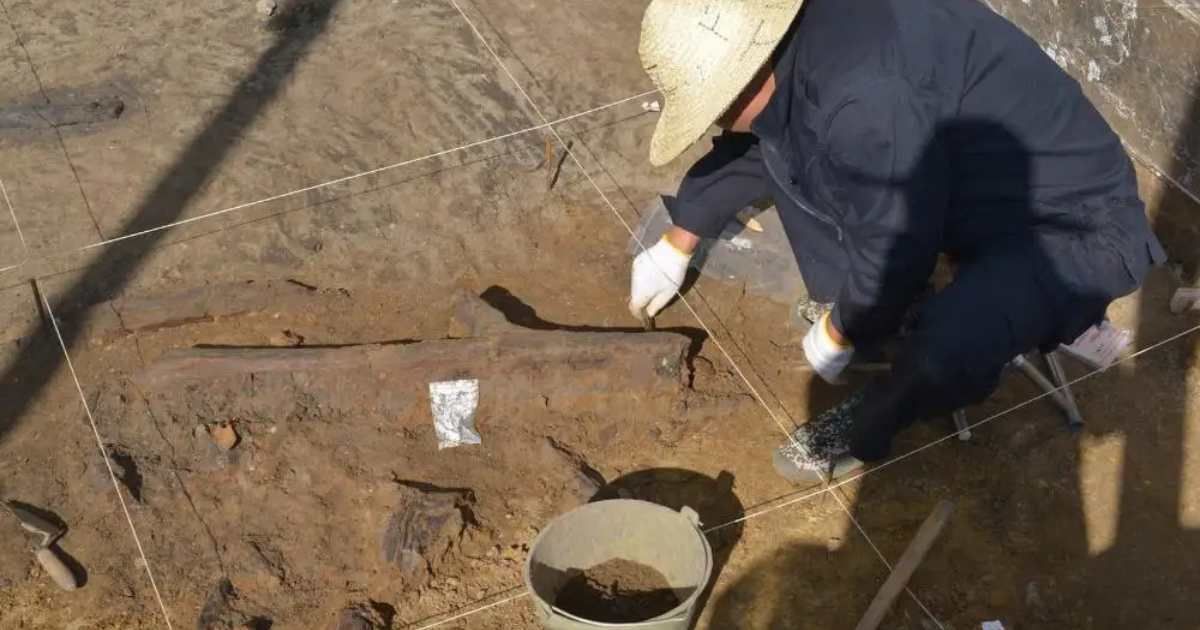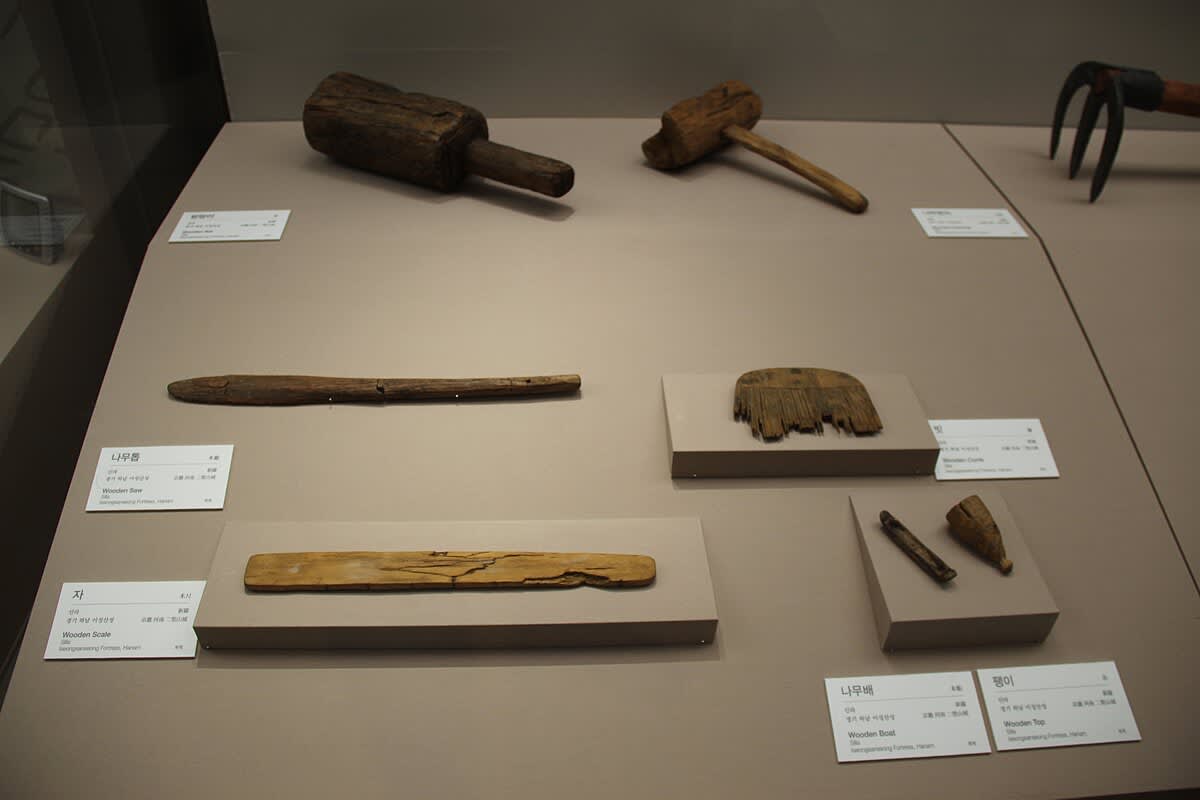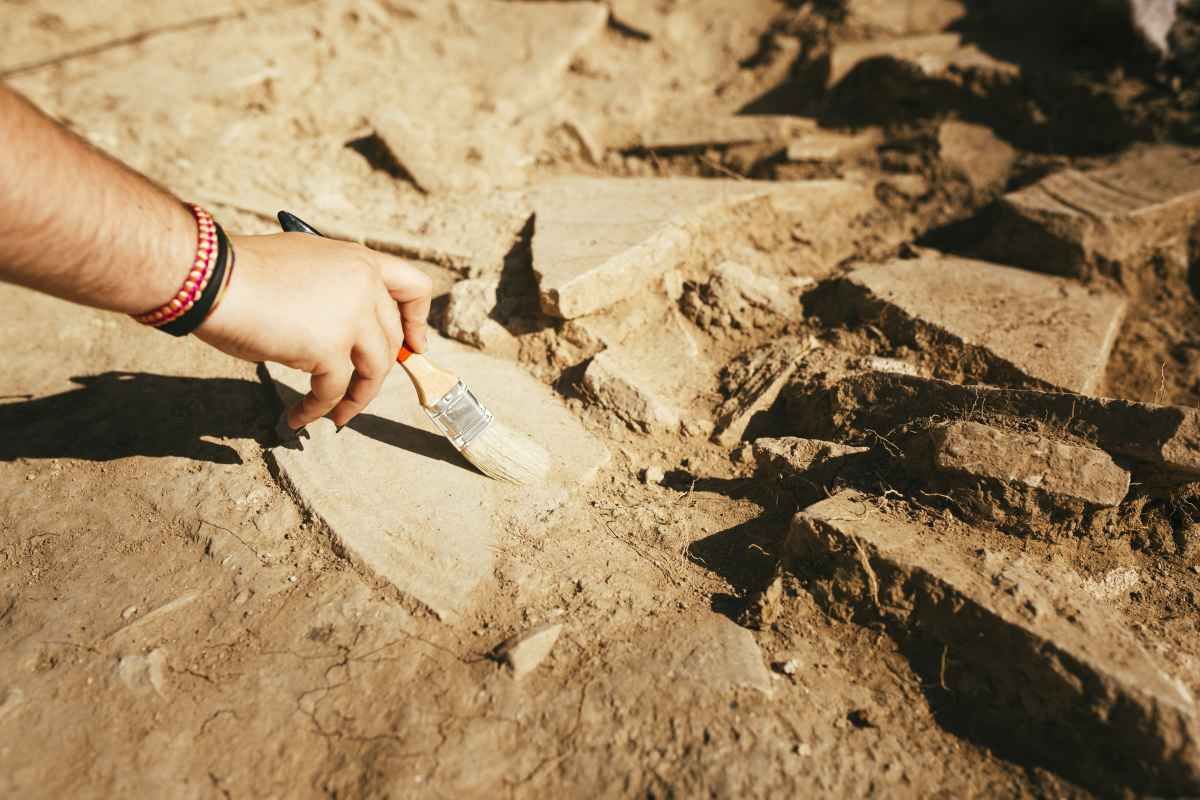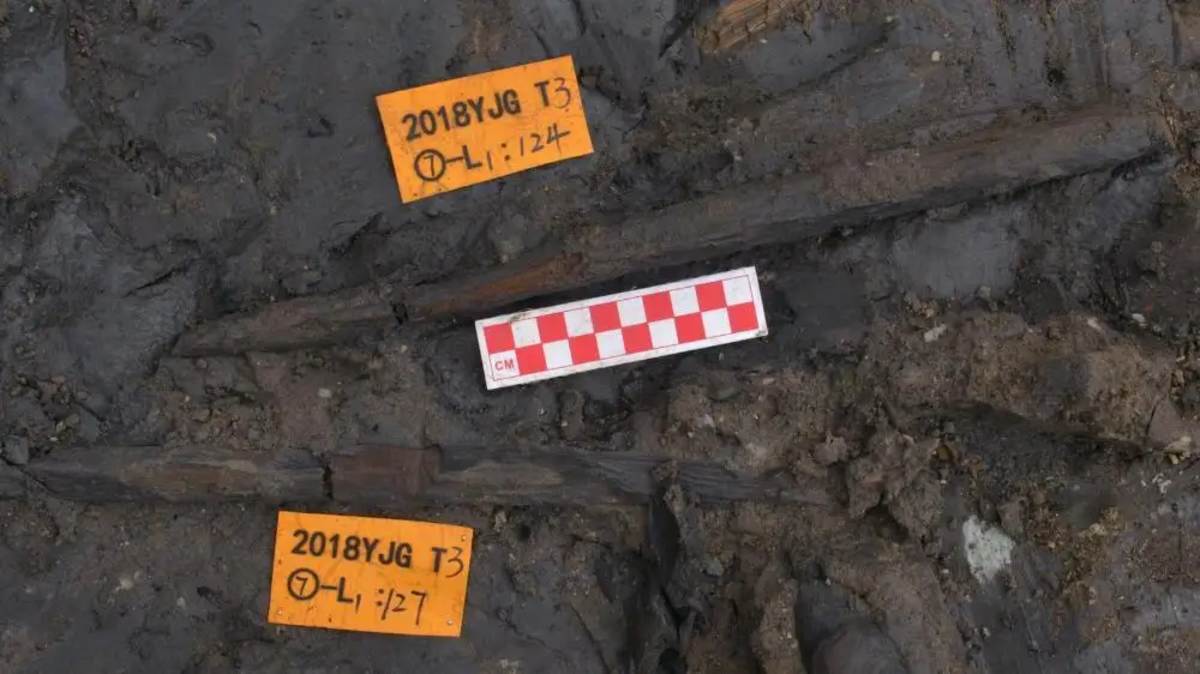300,000-Year-Old Wooden Tools in East Asia Unveil New Details About Life of Hominins in Paleolithic Period

New insights into ancient East Asian hominins have arrived due to several tools detected in the region. These tools were found buried in oxygen-poor clay sediments on the shores of an ancient lake in Gantangqing, a province in China, as reported by Live Science. Researchers detected plant and soil remains on some edges of the tools, which provided experts with some clues about the function of these tools. Further examinations revealed that the tools were made in the early Paleolithic period. Very few wooden tools from this period survive, which makes this collection a valuable discovery. Findings regarding these tools have been published in Science Magazine.

Legacy of the Wooden Tools
Researchers analyzed 35 ancient wooden tools from Gantangqing. These tools were around 300,000 years old and were dated using a combination of infrared luminescence and electron spin resonance. It makes them the oldest wooden objects ever uncovered in East Asia. The collection includes sticks carved out of hardwood and pine, some hooks, and small pointed tools. Based on the features of these tools and traces spotted on them, researchers determined they were used for interacting with plants.

Experts speculate that the sticks were possibly used for digging, hooks helped in cutting, and pointed apparatuses aided in extracting the edible parts. Early humans used these tools to specifically uproot the edible portions of plants and feast on them. If the assertion is true, then this is the first set of wooden tools from the Old Stone Age (early Paleolithic period) that were supposedly used for digging. All the other collections were supposedly applied for hunting by the populations. The finding sheds light on the type of tools used by early humans outside Africa and Western Eurasia 100,000 years ago, supplying valuable archaeological data in the process.
Oldest wooden tools unearthed in E Asia show ancient humans made planned trips to dig up edible plants. The 300,000 year-old tools show these hominins made planned foraging trips to lakeshores & designed instruments for specific purposes. https://t.co/nvCmBuYi0m
— Prof. Paul Brown, PhD (@pbrown4348) July 8, 2025
Challenging Past Assertions
Study lead author and archaeologist Professor Bo Li calls the collection "exceptional," as it proves that East Asian hominins were using sophisticated tools to harvest food resources, according to the University of Wollongong (UOW). Researchers found the tools in oxygen-deprived clay sediments, which possibly allowed for the sustenance of scraping and polishing marks. The collection was buried among around 1,000 organic remains. The craftsmanship displayed in these tools challenges past assertions that East Asian hominins were technologically conservative. Micro-wear analysis provides evidence that the tools had been repeatedly polished and scraped, indicating that they were altered for specific purposes. This finding reflects their advanced cognitive abilities. The soil residues also prove they were used for digging out plants, and that early humans were aware of which specific parts of plants were edible.

Evidence of a Plant-Based Diet
The evidence of harvesting indicates that these hominins had a plant-based diet. At the site, researchers also found remains of kiwi fruit, hazelnuts, pine nuts, and aquatic tubers. They speculate that the diet of hominins was centred around these tubers and roots. If this assertion is true, then it reveals another way in which humans adapted to a changing environment and needs. Contemporary European populations turned towards hunting, while East Asian hominins followed a plant-based survival strategy in the subtropics.